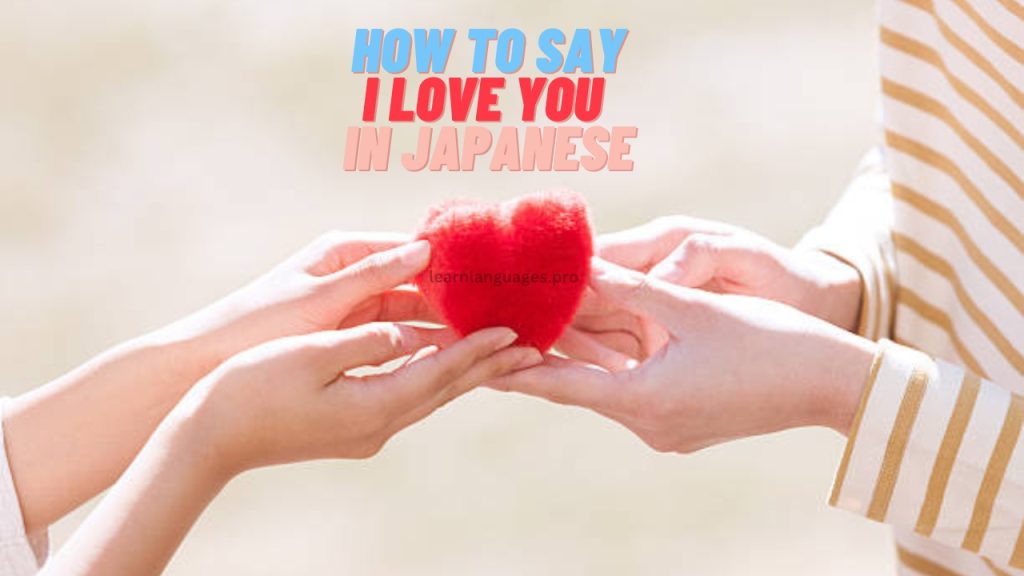How to say hi in Spanish
How do you approach someone in Spanish? It goes beyond just using the word Hola! It is essential to know different greetings. For example, in English, a specific tone and level of speech is used based on the situation. You visit your granny and say, “Hi, how are you?” On a cabaret dinner date, “Good evening, sir. We have a reservation.” You might just yell at the bar with your friends, “What’s up, guys?” Spanish also has such variations.
When you learn Spanish over the Internet or in a classroom, you are expected to address the instructor or the teacher with any formal greetings. However, this does not help one use Spanish effectively when residing among native speakers. Therefore, if you plan to converse in simple Spanish one day, start by greeting people in as many different ways as possible.

Greetings for Different Times of Day
Like many other languages, Spanish has different greetings for different times of day. While this can be confusing, knowing the main differences helps you sound polite and friendly in conversations, especially with strangers or people you don’t know.

How to pronounce the Spanish word Hola?
It’s pretty simple to pronounce “hola” in Spanish! This familiar greeting means “hello,” it’s easy to remember because it looks similar to the English version.
Many beginners mistakenly pronounce it with a complex “h” sound, like in “hula” or “herald.” However, the “h” is typically silent in Spanish unless it comes before a “c.”
Common Ways to Say Hello in Spanish
If you remember just one thing from this list, memorize the phrases below. Think of it as your essential guide for starting a conversation with anyone. Each greeting is neutral, so you can feel comfortable without feeling too formal or casual.
Cultural Tips for Saying Hello in Spanish
Just like in French, using the correct pronouns is essential for a friendly greeting. When you meet someone for the first time, it’s best to say “usted” or “ustedes” (or “vosotros” in Spain).
If the person prefers “tú,” they’ll usually tell you. It’s safer to be a bit formal rather than risk being too casual.
Handshakes and air kisses (besitos) can vary by region, so let the other person show you what they prefer. The more you talk to people, the easier it will be to learn these customs!
Master the Whole Conversation
Did you know there are so many ways to say hello in Spanish? Remember a few phrases and try to use new ones in your conversations. Native speakers will be impressed if you use a regional phrase like “épale!”
But knowing how to say hello is just the start. Rosetta Stone Spanish can help you learn faster and better than trying on your own. With Dynamic Immersion, you naturally combine text, audio from native speakers, and images.
Five Different Ways to Say “Hello” in Spanish (Spain)
Like English and many other languages, Spanish has various ways to greet someone. The most common word is hola, which can be used anytime, in any situation, whether formal or informal, across Spain and all Spanish-speaking countries. It’s short and straightforward—just remember that the “h” is silent!
Here’s a list of standard Spanish greetings to help you start learning European Spanish:
Hola
It is the method of saying Hi in Spanish. This means “hello” or “hi” and is the most frequently used greeting. You can use it at any time.
Buenos días
It is also the method of saying Hi in Spanish. Translating to “good days,” this is used in the morning, equivalent to “good morning” in English. It’s usually more formal than just saying hola but can also be used casually.
Buenas tardes
It is another method of saying Hi in Spanish. This phrase means “good afternoon” between noon and sunset. Like Buenos días, it tends to be more formal than hola.
Buenas noches
It is the method of saying Hi in Spanish. This translates to both “good evening” and “good night.” In Spanish, there’s no separate word for “evening,” so “night” serves both purposes. While “good night” in English is often a farewell, in Spanish, it can be a greeting after sunset and a way to wish someone a good night.
Ey
It is the informal way of saying Hi in Spanish
It’s a quick and easy word, but since it’s informal, it’s best to use it only with friends, not in formal settings.

So, you have learned to say hi in Spanish. What do you do next?
That is why there are many ways to enjoy Spanish culture by speaking the language. Learning to correctly pronounce many different ways of saying good morning or good evening in Spanish is achievable with mere practice. And if you’re looking to learn more about actual conversation? You can learn more about the practical usage of Spanish in the following article.
We encourage you to look at this as an introductory step in a journey that will enable you to interact with hundreds of millions of people in every corner of the world. Although it seems quite difficult at this very moment, we assure you that there is an extreme love and appreciation for all those numerous ways of greeting.
Conclusion:
Mastering the art of greetings in Spanish is crucial to achieving communication objectives. Be it “hola,” “Buenos días,” or the more informal “ey,” “every context has a preferred appropriate style of greeting that helps in winning people over and appreciating the traditions of those groups. Over time, it will become easier for you to engage, chat, and befriend people!





